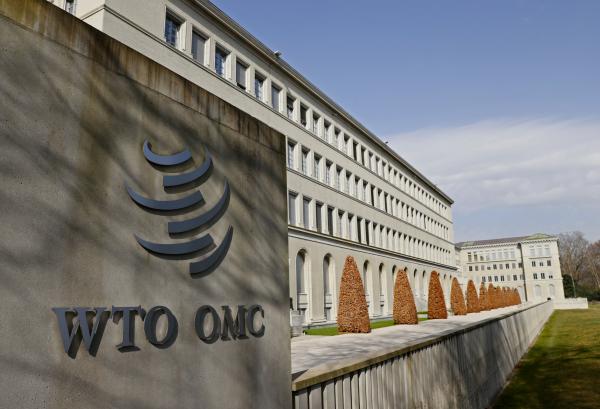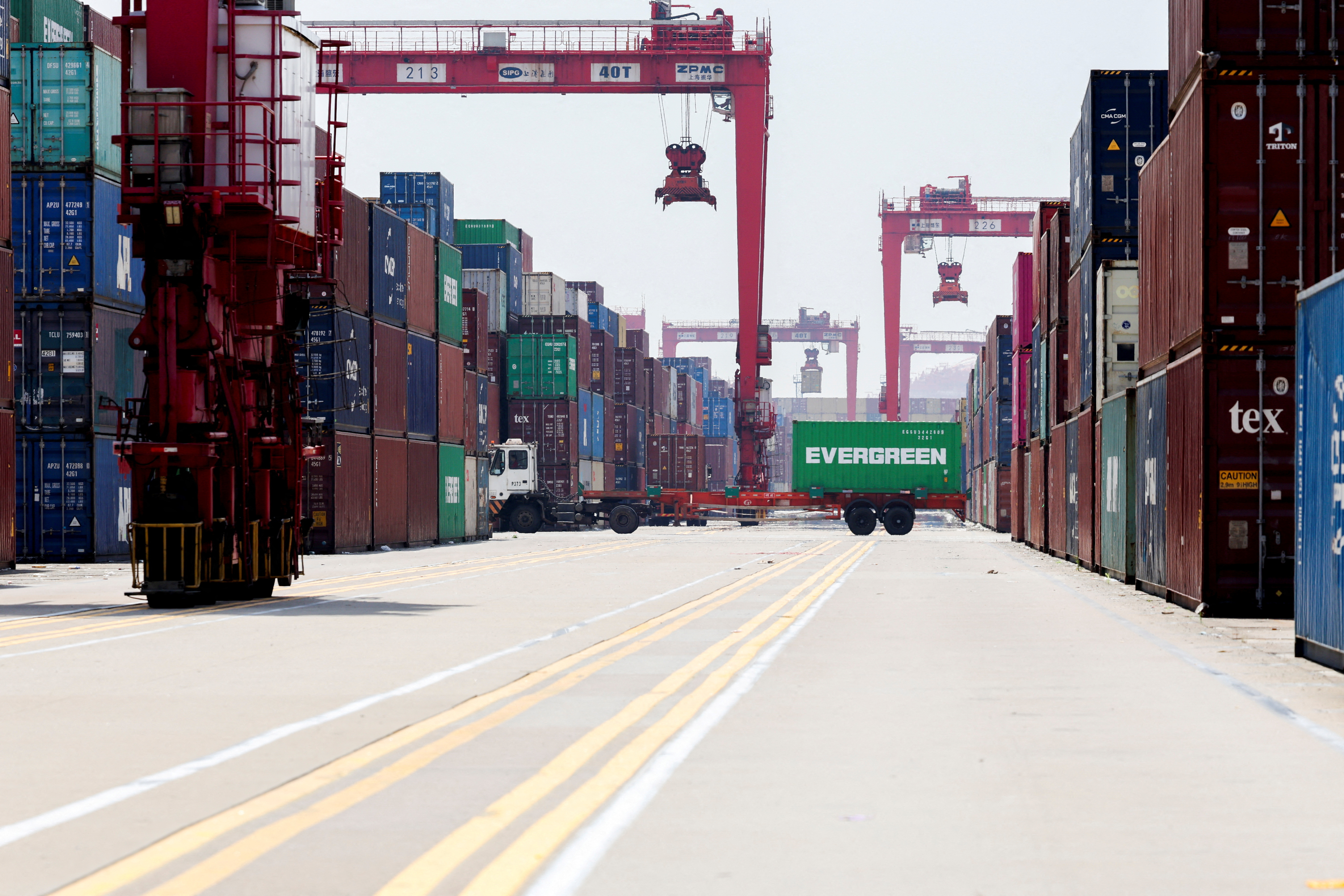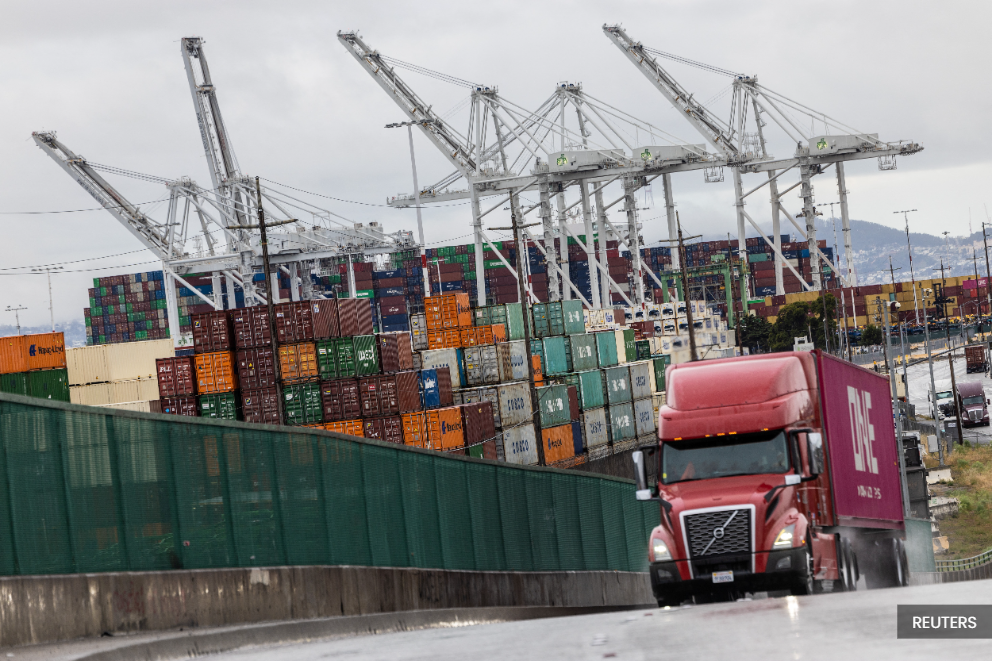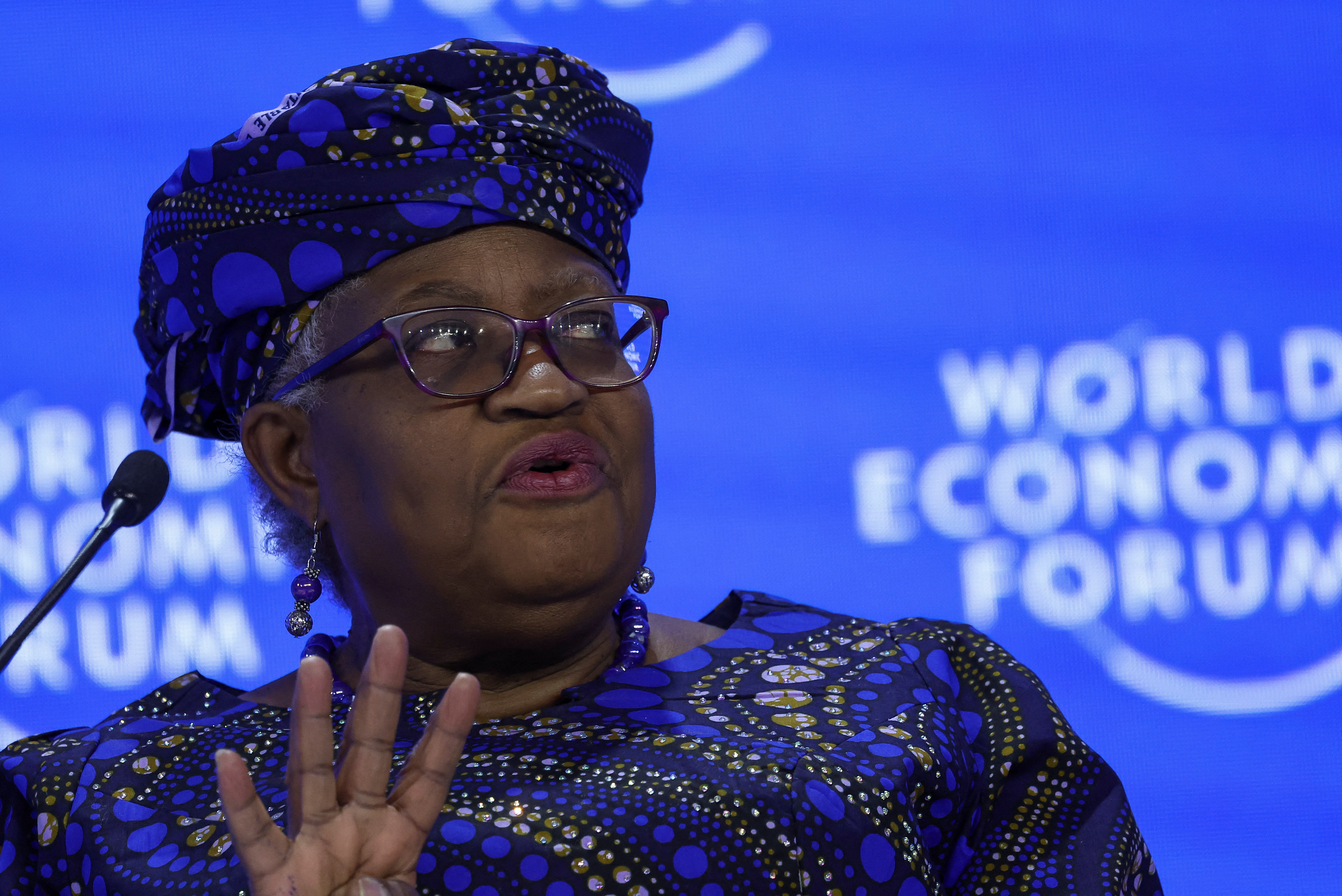GENEVA, Oct 8 — The World Trade Organisation (WTO) has raised its 2025 forecast for global merchandise trade growth to 2.4 per cent, up from the 0.9 per cent projected in August.
Xinhua reported that it also lowered its 2026 forecast to 0.5 per cent from 1.8 per cent.
According to the WTO's latest Global Trade Outlook and Statistics report, published on Tuesday, the global GDP is projected to grow by 2.7 per cent in 2025 and 2.6 per cent in 2026.
The volume of world merchandise trade, as measured by the average of exports and imports, expanded by 4.9 per cent year-on-year in the first half of this year.
The WTO attributed the strong performance to several factors, including frontloading of imports in North America ahead of expected higher United States (US) tariffs, disinflation, and supportive fiscal policies, solid growth in emerging markets, and a surge in trade of artificial intelligence (AI)-related goods.
Trade among developing economies also saw a notable rise. The value of South-South trade climbed eight per cent year-on-year in the first half of 2025, outpacing the six per cent growth in overall global trade value.
AI-related goods, including semiconductors, servers, and telecommunications equipment, played a particularly significant role, accounting for nearly half of total trade growth during the same six-month period.
The trade value of such products surged 20 per cent year-on-year.
Speaking at a press conference, WTO Director-General Ngozi Okonjo-Iweala said that despite the "stiff headwinds" from the US unilateral actions and unprecedented rise in trade policy uncertainty, trade has shown resilience.
She said that such resilience underscores the core of the multilateral trading system that continues to work well.
The report identified the main downside risk to the outlook as the spread of trade-restrictive measures and policy uncertainty to additional economies and sectors.
It warned that rising import prices and slower trade shipments could signal higher inflation later this year, as inventories decline in sectors heavily affected by tariffs.
Trade performance varies widely across regions. Asia and Africa are expected to experience the fastest export growth in 2025, while Europe is likely to see slower growth, and North America will face declining exports.
The report also noted that the growth of services exports, though indirectly affected by tariffs, is set to slow from 6.8 per cent in 2024 to 4.6 per cent in 2025, and further to 4.4 per cent in 2026.
Europe is projected to lead services export growth in 2025, followed by Asia, the Middle East, and the Commonwealth of Independent States (CIS).





